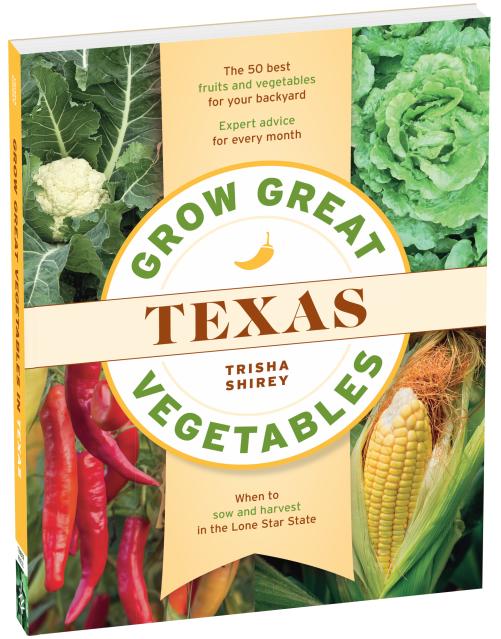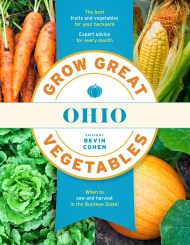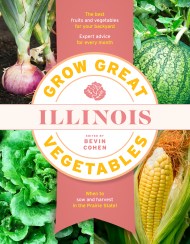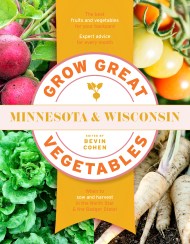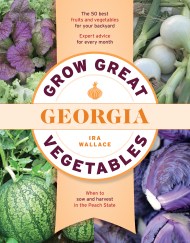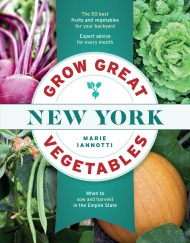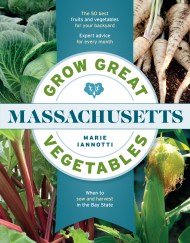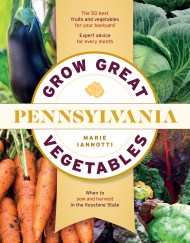Promotion
Use code BEST25 for 25% off storewide. Make sure to order by 11:59am, 12/12 for holiday delivery!
By clicking “Accept,” you agree to the use of cookies and similar technologies on your device as set forth in our Cookie Policy and our Privacy Policy. Please note that certain cookies are essential for this website to function properly and do not require user consent to be deployed.
Grow Great Vegetables in Texas
Contributors
Formats and Prices
- On Sale
- Mar 31, 2020
- Page Count
- 252 pages
- Publisher
- Timber Press
- ISBN-13
- 9781604699654
Price
$19.99Price
$24.99 CADFormat
Format:
- Trade Paperback $19.99 $24.99 CAD
- ebook $11.99 $15.99 CAD
This item is a preorder. Your payment method will be charged immediately, and the product is expected to ship on or around March 31, 2020. This date is subject to change due to shipping delays beyond our control.
Buy from Other Retailers:
This ultimate local guide to growing vegetables and other edibles provides you with insider advice on climate zones, average frost dates, and growing season details across Texas. Information includes details on sun, soil, fertilizer, mulch, water, and the best varieties for your region. A garden planning section helps with design and crop rotation, and monthly lists explain what to do from January through December. In-depth profiles of nearly 50 edibles round out the information and help ensure a can’t-miss harvest.
-
“Provides expert advice for the entry-level Texas gardener in a visually appealing and ease-to-read format.” —The Literary South
Newsletter Signup
By clicking ‘Sign Up,’ I acknowledge that I have read and agree to Hachette Book Group’s Privacy Policy and Terms of Use

